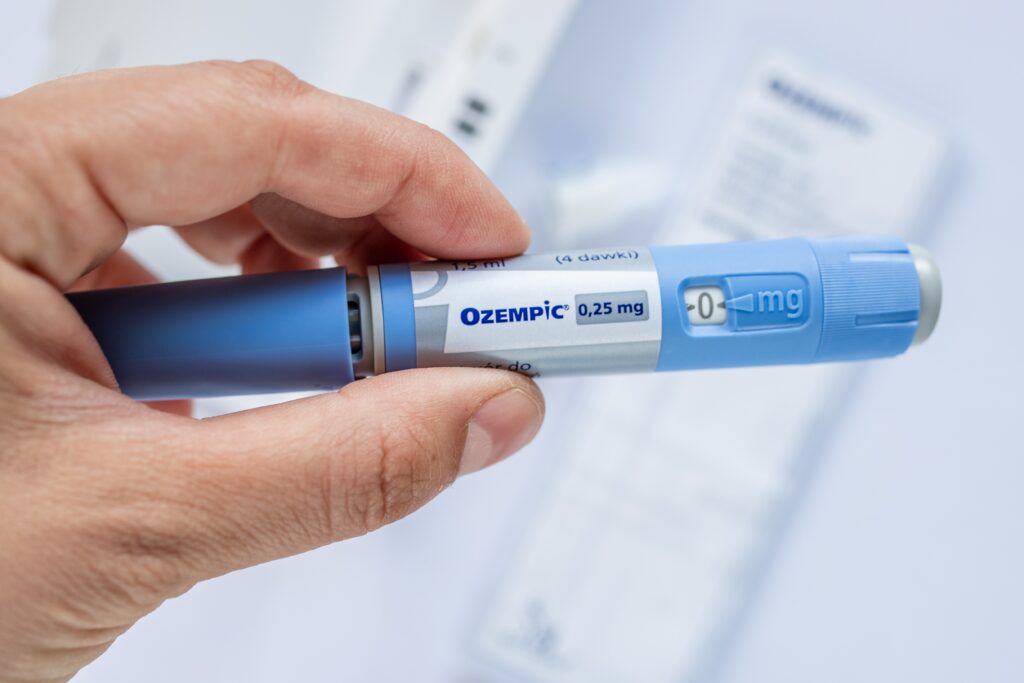If you haven’t been living under a rock recently, you’ll likely have heard of semaglutide – the active ingredient in medications like Ozempic and Wegovy. It’s been hailed something of a wonder drug in the battle against obesity and a game-changer in the treatment of type 2 diabetes. But new research out of the University of Newcastle suggests that certain foods can have the same effects on the body as semaglutide, meaning people may achieve similar weight-loss results without needing a prescription, or facing the unpleasant side effects reported with the drug.
In a nutshell, semaglutide works by inducing satiety – a feeling of being satisfied or full. And when you’re not hungry, you eat less. “Semaglutide works by mimicking the role of a natural hormone, called GLP-1 (glucagon like peptide-1),” writes study author Emma Beckett, for The Conversation. The body naturally produces this hormone as a response to nutrients when we eat.
“GLP-1 is part of the signalling pathway that tells your body you have eaten, and prepares it to use the energy that comes from your food.”

But here’s the kicker: plenty of foods are exceptional at triggering that very same appetite-suppressing hormone. Macronutrients like simple sugars (monosaccharides), peptides and amino acids (from proteins) and short-chain fatty acids can all trigger GLP-1 secretion, and choosing foods high in these nutrients may help bump up levels of this weight-busting hormone.
“This is why high-fat, high-fibre and high-protein diets can all help you feel fuller for longer.”
While weekly jabs of prescription-only medications like Ozempic and Wegovy might sound simpler to some, there are potential side effects to contend with that don’t come along with a macro-packed diet. Nausea, vomiting, diarrhoea, bloating and issues in vital organs can all come hand-in-hand with semaglutide – not to mention, when you stop taking it, the feelings of fullness fade (meaning many people begin to feel hungry at their old levels again).
What to eat
Okay, so what should you be stocking up on next time you’re at the supermarket if you want to bump up those GLP-1 levels – minus the meds?
Beckett suggests “foods with good fats, like avocado or nuts, or lean protein sources like eggs, and foods high in fermentable fibres, like vegetables and whole grains, feed our gut bacteria, which then produce short-chain fatty acids able to trigger GLP-1 secretion.”
Other protein-packed foods that have been shown to increase GLP-1 levels include whey protein and yoghurt, and taking probiotics may also help boost the appetite-suppressing hormone (though more research is needed).
















